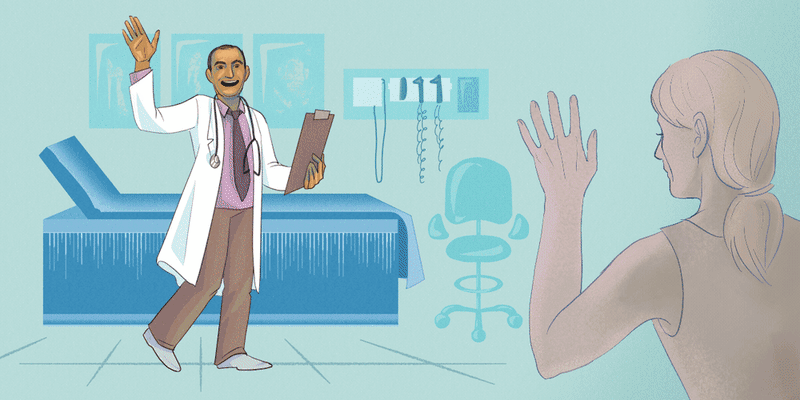Every aesthetic practice eventually hits a tipping point. For me, it happened the day I realized our front desk was being swallowed by a mountain of messages, appointments, and patient requests that we simply couldn't keep up with.
As a double-boarded plastic surgeon in Houston, I assumed the problem was staffing. Maybe we just needed more help. But the truth turned out to be far more systemic. We were using a hodgepodge of tools — Instagram DMs, SMS texts, emails, voicemails — and none of them communicated with each other. The result? Disorganization disguised as productivity.
One patient reached out about a mommy makeover consultation. She sent a DM, then a text, and later even left a voicemail. Not one of those messages got logged in the same place. She slipped through the cracks and ended up booking a consultation with another practice. She even left a one-star review that still haunts me: “No one got back to me.” That was my wake-up call.
The worst part was the feeling of helplessness. I remember standing in the hallway, asking our front desk team, “Did we call her back? Who has her info?” Everyone was trying to figure out how this happened, but we had no way of knowing for sure.
I felt like I was running a high-end, high-touch practice with a backend that looked like it belonged in the early 2000s.
We needed everything in one place. Once we implemented a centralized communication system — where every message, every patient interaction, every update was logged in a single, searchable timeline — it was like night and day. Suddenly, we weren’t guessing. We were responding faster, more accurately, and with confidence that showed.
It wasn’t glamorous. It was just effective. But our patient satisfaction scores went up. Our missed consults went down. And my staff? They finally had room to breathe.
I started to see a different kind of transformation. One where we were no longer reactive, constantly playing catch-up, but proactive and in control. Patients felt that, too.
One day, a returning patient said, “I just love how on top of things your team is.” That compliment meant more to me than any social media “like” or Google review.
If there’s one thing I’ve learned, it’s that the patient experience doesn’t begin in the treatment room. It starts with the very first point of contact — whether that’s a message, a call, or even a comment on Instagram. Lack of consistent communication that aligns with the level of care you provide just creates friction –– long before your patient steps into the clinic.
We didn’t overhaul our philosophy. We just streamlined the process that delivers it.
So if you’re reading this and thinking, “Yeah, we’ve dropped a ball or two,” let me reassure you — you’re not alone. But there’s a better way. You don’t need more people. You need better tools, ones that let your team do their best work without burning out.
And when that happens, when your communication reflects your brand's promise, your patients will feel it. They’ll stay, they’ll refer, and they’ll trust you. Because you made them feel heard from the very beginning. If your communication doesn’t match the level of care you provide, patients will feel it.
What small but impactful changes have you made in your practice to improve workflow and productivity? Share below!
Dr. Shitel Patel is a renowned plastic surgeon at Lift Plastic Surgery and the visionary CEO of Ad Vital Software, a company revolutionizing the delivery of health care with technology. His passion for improving patient outcomes and streamlining health care processes is evident in his professional accomplishments, which can be explored further on his LinkedIn and Instagram profiles and podcast.
Image by Shutterstock







